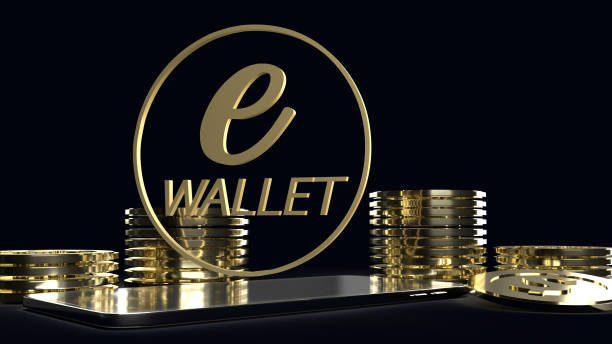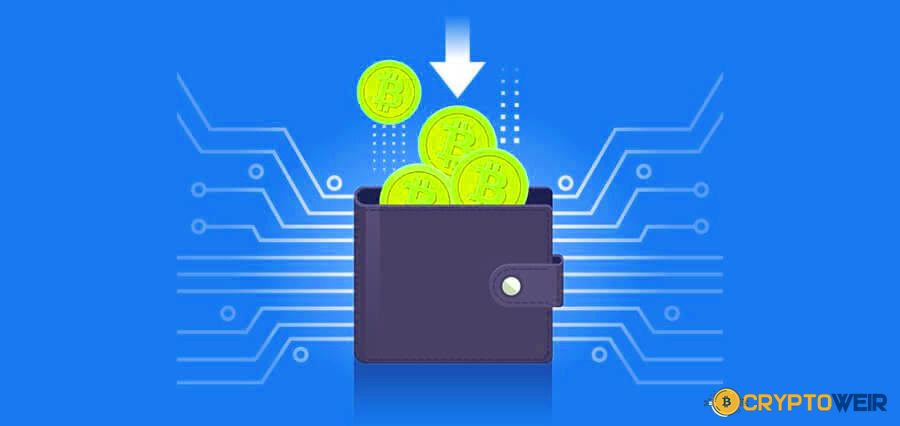The Rise of Ethereum: A Revolution in Blockchain Technology In 2023

The Rise of Ethereum: A Revolution in Blockchain Technology In 2023? Blockchain technology has captured the attention of both the tech industry and the financial world in recent years. One blockchain platform that has risen to prominence is Ethereum. Founded in 2015 by Vitalik Buterin, Ethereum has revolutionized the blockchain landscape with its unique features and capabilities.
Introduction
To understand the significance of Ethereum, it’s essential to have a basic understanding of blockchain technology. Blockchain is a decentralized ledger that records transactions across multiple computers, ensuring transparency, security, and immutability. Ethereum takes the concept of blockchain a step further by introducing programmable functionality through smart contracts. This allows developers to create decentralized applications (DApps) on top of the Ethereum blockchain.
The Genesis of Ethereum

Ethereum was conceptualized by Vitalik Buterin, a Russian-Canadian programmer, in 2013. He recognized the limitations of Bitcoin, the first cryptocurrency, and sought to create a platform that could support more than just digital currency transactions. In 2015, Ethereum was launched, providing developers with a powerful and flexible blockchain platform.
One of the key aspects of Ethereum is its ability to execute smart contracts. Smart contracts are self-executing contracts with the terms of the agreement written into code. They automatically execute when certain conditions are met, eliminating the need for intermediaries and enabling trustless transactions. This innovation opened up a world of possibilities beyond simple value transfer.
Advancements in Ethereum

Since its inception, Ethereum has continued to evolve and introduce advancements to its platform. Smart contracts have become the backbone of numerous applications in various industries. Decentralized finance (DeFi) has gained significant traction on Ethereum, allowing users to engage in lending, borrowing, and trading without the need for traditional financial intermediaries.
Moreover, Ethereum has been at the forefront of the NFT (Non-Fungible Token) revolution. NFTs enable the tokenization of unique digital assets such as art, music, and collectibles, revolutionizing the way creators and collectors interact. Ethereum’s infrastructure provides the necessary tools for the creation, sale, and ownership of NFTs, opening up new possibilities for artists and creators worldwide.
However, Ethereum has faced scalability challenges, especially during periods of high network congestion. As the popularity of Ethereum grew, so did the gas fees required to process transactions. This led to concerns about the platform’s scalability and usability. To address these issues, Ethereum 2.0 was introduced, aiming to shift from a proof-of-work (PoW) consensus mechanism to a more efficient proof-of-stake (PoS) model. This upgrade is expected to significantly improve scalability and reduce transaction costs.
Use Cases of Ethereum

Ethereum’s versatility has resulted in a wide range of use cases across various industries. In the realm of decentralized finance (DeFi), Ethereum has enabled the creation of decentralized exchanges, lending platforms, and yield farming protocols. These applications have democratized finance by providing individuals with direct access to financial services, regardless of their location or background.
Furthermore, Ethereum’s smart contract capabilities have found utility in supply chain management. By recording every step of a product’s journey on the blockchain, transparency and trust are established throughout the supply chain. This enhances traceability, reduces fraud, and ensures ethical practices are followed.
Read More: Bitcoin should now return to its long-term downward trend.
Challenges and Solutions

While Ethereum has made significant strides, it still faces challenges that need to be addressed. Scalability remains a pressing concern as the network experiences congestion during periods of high demand. However, Ethereum’s transition to Ethereum 2.0, with its sharding and PoS mechanisms, is expected to provide the scalability required to support mass adoption.
Another challenge associated with Ethereum is the cost of transactions, commonly referred to as gas fees. During times of network congestion, gas fees can skyrocket, making it less feasible for small transactions. To mitigate this issue, developers are exploring layer 2 solutions, such as sidechains and state channels, which can handle a high volume of transactions off the main Ethereum network, reducing costs and congestion.
The Future of Ethereum
Looking ahead, Ethereum’s future appears bright. The platform has gained significant traction and has become the go-to choice for developers and innovators in the blockchain space. Enterprises are recognizing the potential of Ethereum and are exploring ways to leverage its technology to enhance their operations. Additionally, Ethereum’s compatibility with other emerging technologies such as Internet of Things (IoT) and artificial intelligence (AI) opens up exciting possibilities for integration and collaboration.
Conclusion
In conclusion, Ethereum has emerged as a trailblazer in the blockchain industry, revolutionizing the way we perceive and utilize decentralized technologies. With its innovative smart contract functionality, Ethereum has paved the way for the development of decentralized applications and has found applications in various sectors, including DeFi and supply chain management. Despite its challenges, Ethereum’s future looks promising, with ongoing efforts to enhance scalability and reduce transaction costs. As we move further into the digital age, Ethereum is set to play a pivotal role in shaping the future of blockchain technology.
FAQs
What is the difference between Ethereum and Bitcoin?
While both Ethereum and Bitcoin are cryptocurrencies, they serve different purposes. Bitcoin primarily functions as a digital currency, while Ethereum offers a platform for creating decentralized applications and executing smart contracts.
How secure is Ethereum?
Ethereum’s security relies on the underlying blockchain technology, which is inherently secure due to its decentralized nature. However, vulnerabilities can exist in individual smart contracts or decentralized applications built on top of Ethereum, emphasizing the importance of rigorous code auditing and best practices.
Can Ethereum be hacked?
The Ethereum blockchain itself has never been hacked due to its robust design and cryptographic principles. However, vulnerabilities in smart contracts and DApps can be exploited. It is crucial to exercise caution and perform thorough security audits when interacting with decentralized applications on Ethereum.
What is the role of Ether in Ethereum?
Ether (ETH) is the native cryptocurrency of the Ethereum platform. It serves as the fuel that powers transactions and computational operations within the network. Ether is used to pay for transaction fees, deploy smart contracts, and incentivize miners or validators.





